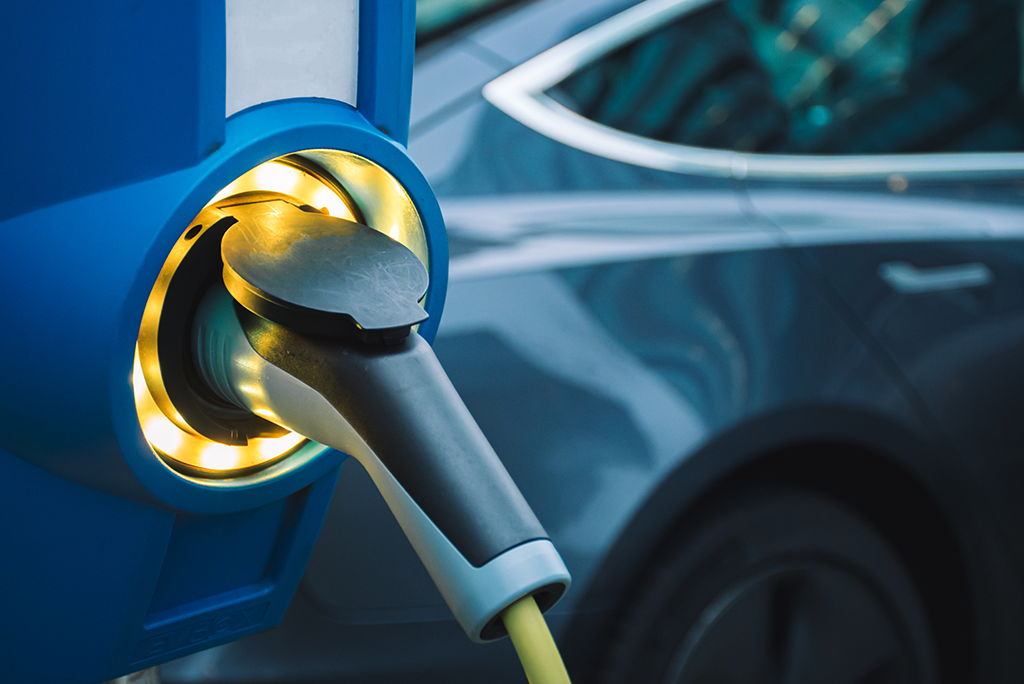
All around the world investments in electric vehicles (EVs) are speeding up. Currently, global vehicle makers are projected to spend more than $515 billion USD on EV manufacturing by the end of this decade, according to electrek.
U.S. President Joe Biden has announced that his administration will provide $3.1 billion USD in funding in support of electric vehicle batteries and components manufacturing within the country. A part of the Bipartisan Infrastructure Law passed last year, the funds will be used to support U.S. businesses that plan to build and modify factories that will make EV batteries and related components.
To encourage more Americans to buy electric vehicles, there also needs to be a greater number of EV charging stations on the country’s roads and highways. According to CBS News, there are currently 47,000 EV charging stations in the United States. This number is equivalent to only about a third of all gas stations, which is not nearly enough to make EV charging available to a majority of drivers. Furthermore, it can take hours for these stations to recharge an EV’s battery— especially if the vehicle does not have fast charging capabilities. The Biden Administration plans to change this by providing states with $5 billion USD to erect 500,000 charging stations along interstate highways.
How Will President Biden’s Plan Bring More EV Charging Stations to American Highways?
As NPR reported, the Biden plan requires each of these stations to include a minimum of four fast-speed plug-ins that can charge more than one type of vehicle brand. The Administration has requested direct current (DC) fast chargers. Known as level 3 chargers, DC chargers can almost completely recharge a vehicle’s battery in 15 to 45 minutes, compared to the roughly 5 hours it takes most available charging stations. However, there will be challenges to building DC stations. Aside from the initial construction expense, many DC stations could go unused until there are enough EVs on the road to make significant use of them. However, with over 100 EV models expected to be available to US consumers by 2025, the need will likely continue to grow.
According to Fast Company, the EV market will also get a boost from one of the country’s largest food chains. Starbucks wants to help fill EV charging “deserts” — long stretches of road that lack EV charging stations — by teaming up with Volvo and ChargePoint. The group plans to set up stations in Starbucks’ parking lots along 1,350 miles of road from Denver, Colorado to Seattle, Washington. The stations would be available at a Starbucks every 100 miles. Michael Kobori, chief sustainability officer at Starbucks, told Fast Company that the route will go through “several of what are literally federal opportunity zones, economically distressed communities.”
Will these initiatives be enough to get EVs into a majority of American driveways? Britta Gross, a managing director at Rocky Mountain Institute, told NPR that the Biden Administration’s plan could be the “confidence-inspiring trigger” needed to get enough private investment for bringing EVs “into scale.”
Furthermore, these investments should also give drivers the confidence to see EVs as realistic alternatives to traditional vehicles.
Join Our Free Webinar with the U.S. Department of Transportation
On 16 May 2022 at 11am ET, we’ll discuss the targets, policies, and technologies that will help create a clear path to electric transportation around the world.
Our panel of speakers include U.S. Department of Transportation Deputy Assistant Secretary for Climate Policy Andrew Wishnia, National Grid New England President Stephen J. Woerner, Quanta Technology Executive Advisor & Director Richard Fioravanti, and National Grid Distributed Generation Standards and New Technology Manager Babak Enayati.
Missed the live session? You can still register in order to receive the on-demand recording!
Sources
Rosevear, John. (2 May 2022). Biden administration announces $3.1 billion to make electric vehicle batteries in the U.S. CNBC.
Lewis, Michelle. (12 April 2022). Here’s what’s projected for electric vehicle manufacturing through 2030. electrek.
Cerullo, Megan. (28 April 2022). Electric vehicles are popular, but charging them remains a challenge. CBS News.
Cronin, Brittany. (30 April 2022). How the U.S. wants to make charging electric cars (almost) as painless as pumping gas. NPR.
Peters, Adele. (15 March 2022). Starbucks wants to become the gas station of the future for EVs. FastCompany.


It was very interesting and impressive content for me.